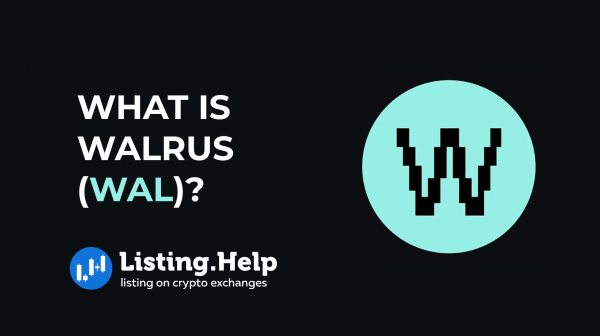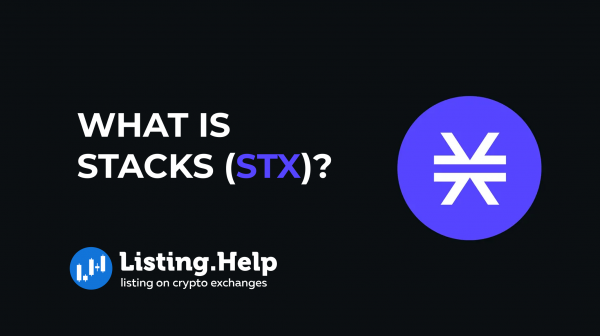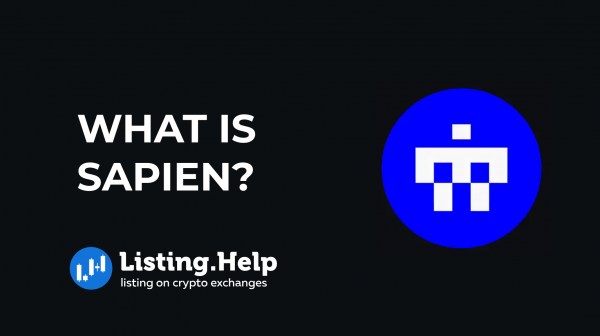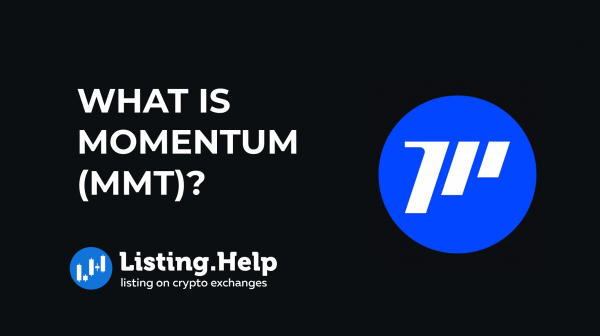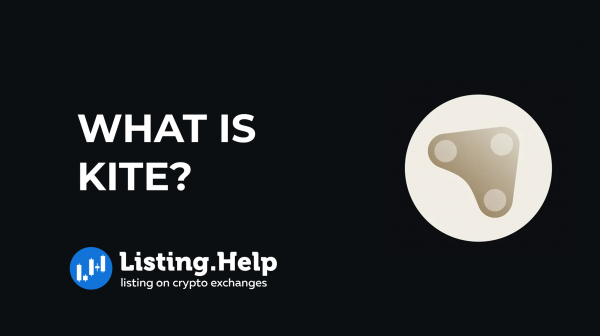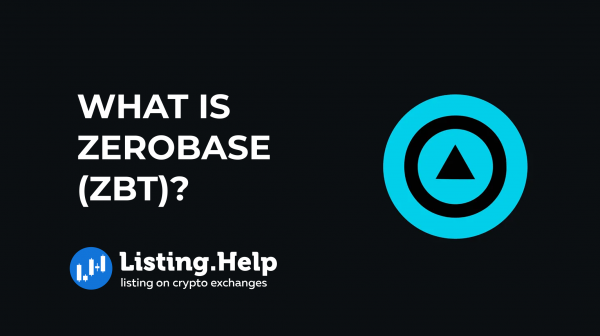What is Dolomite (DOLO)?
 September 5, 2025
September 5, 2025 Updated: September 5 2025, 11:56
Updated: September 5 2025, 11:56
LEAVE A REQUEST
Launching your own token project? Our experts are ready to help with listing on exchanges, market making, marketing and other solutions
SUBMIT APPLICATIONDolomite is a decentralized money market protocol designed to make deposited assets more effective. It gives users the ability to lend, borrow, and trade, while also offering ready-made strategies that simplify advanced DeFi practices. The system is built to handle a wide set of tokens, including ERC-20s and other asset types widely used in decentralized finance.
The protocol relies on three core tokens, each serving a specific purpose in governance, liquidity, and rewards:
- DOLO: The native token that drives trading, lending, and governance.
- veDOLO: A locked form of DOLO that grants voting power and enhanced rewards.
- oDOLO: A reward token for liquidity providers, which can later be exchanged for veDOLO at a discount.
How Dolomite Works?
In most DeFi platforms, depositing tokens means giving up benefits like staking rewards or voting rights. Dolomite takes a different approach: you can still keep those benefits while using the same assets as collateral. This is possible because of its virtual liquidity system and two-layer modular design, which together make the protocol highly efficient with capital.
Two-Layer Architecture
Dolomite is built with a layered structure:
- The core layer is permanent and enforces security rules, routing all smart contracts. It’s intentionally strict, with limited room for adjustments, to ensure a strong and consistent foundation.
- The module layer manages everyday functions like deposits, trades, and liquidations. This layer is flexible and updated often to support new tokens and features, so the protocol can adapt as the market evolves.
When a user makes a move — whether depositing, borrowing, or trading — the module layer organizes it into a single action. That action is then carried out by the core layer, which secures the process while keeping the system open to improvements over time.
Virtual Liquidity System
All deposits are combined into one Dolomite Balance, which acts as a shared account across the platform’s services. Instead of moving tokens on-chain for each action, Dolomite records everything internally. This lets a single asset work in multiple ways at once: it can earn lending interest, serve as collateral for borrowing, and generate swap fees — all without leaving the system.
Behind the scenes, smart contracts update an internal ledger to track these activities. By avoiding constant on-chain transfers, Dolomite lowers transaction costs and improves efficiency. This design also prevents assets from being tied up during volatile conditions, giving users more flexibility to adjust and manage their positions as needed.
Key Features of Dolomite
Earn
Dolomite offers several ways to earn: interest from lending, liquidity provision fees, and returns from leveraged positions. Thanks to the virtual liquidity system, one asset can generate multiple forms of yield at once, allowing capital to be used more efficiently.
Borrow
Each borrowing position on Dolomite is isolated. Deposits are not automatically tied to collateral, so users select which assets back each position. This separation means that if one loan is liquidated, the others remain secure, giving greater control over individual risks.
Strategies
To simplify complex DeFi tactics, Dolomite provides prebuilt borrowing and trading strategies. With a few clicks, users can set up approaches such as looping or hedging, without having to construct them manually. These options are designed to make advanced methods more accessible, especially for those who are new to DeFi.
Zap
The Zap feature enables fast swaps inside the platform. By routing through DEX aggregators, Zap finds the best available prices, even for harder-to-access tokens. It also connects directly with borrow positions, allowing users to restructure or rebalance without leaving Dolomite, which makes asset management smoother and faster.
Dolomite Tokens
The ecosystem is built on three tokens, each serving a clear role:
- DOLO: The base ERC-20 token that fuels all lending, trading, and governance.
- veDOLO: Created when users lock their DOLO. It provides voting rights in governance, can be used as an NFT that is mergeable or splittable, and may be unlocked early for a fee.
- oDOLO: Distributed to liquidity providers as a reward. oDOLO can be paired with DOLO to acquire veDOLO at a discount, encouraging longer-term participation. Holders also gain governance rights and can exit by paying a small fee.
This three-token structure is designed to sustain the platform, rewarding contributors while aligning incentives across the community.
What is the DOLO?
DOLO is the core ERC-20 token of the Dolomite system. It underpins incentives, liquidity, and governance, while also powering lending pools and other protocol functions. On exchanges, DOLO acts as the main trading token, forming the backbone of the platform’s economy. The DOLO token is listed on many platforms, including BitMart, MEXC, BingX and Gate.io. If you’re looking to list your token on similar platforms, understanding the token listing process and crypto exchange listing fees is essential.
Conclusion
Dolomite combines borrowing, lending, and trading into one platform, with a focus on efficiency and user control. The virtual liquidity model and modular system ensure assets remain flexible while retaining their original functions. Through its three-token design — DOLO, veDOLO, and oDOLO — the protocol ties user incentives to its broader growth, creating a foundation built for long-term sustainability.

For more insights and updates on the crypto world, don’t forget to check out our blog at Listing.Help.






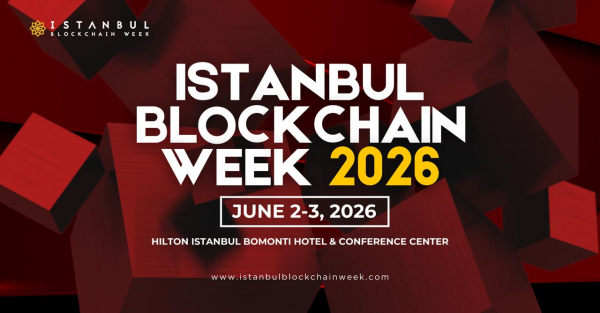
 December 22, 2025
December 22, 2025 